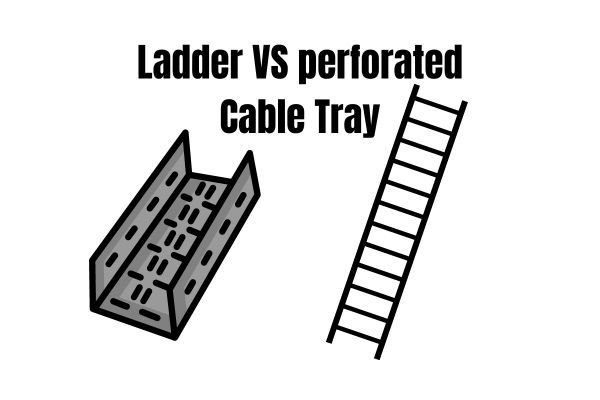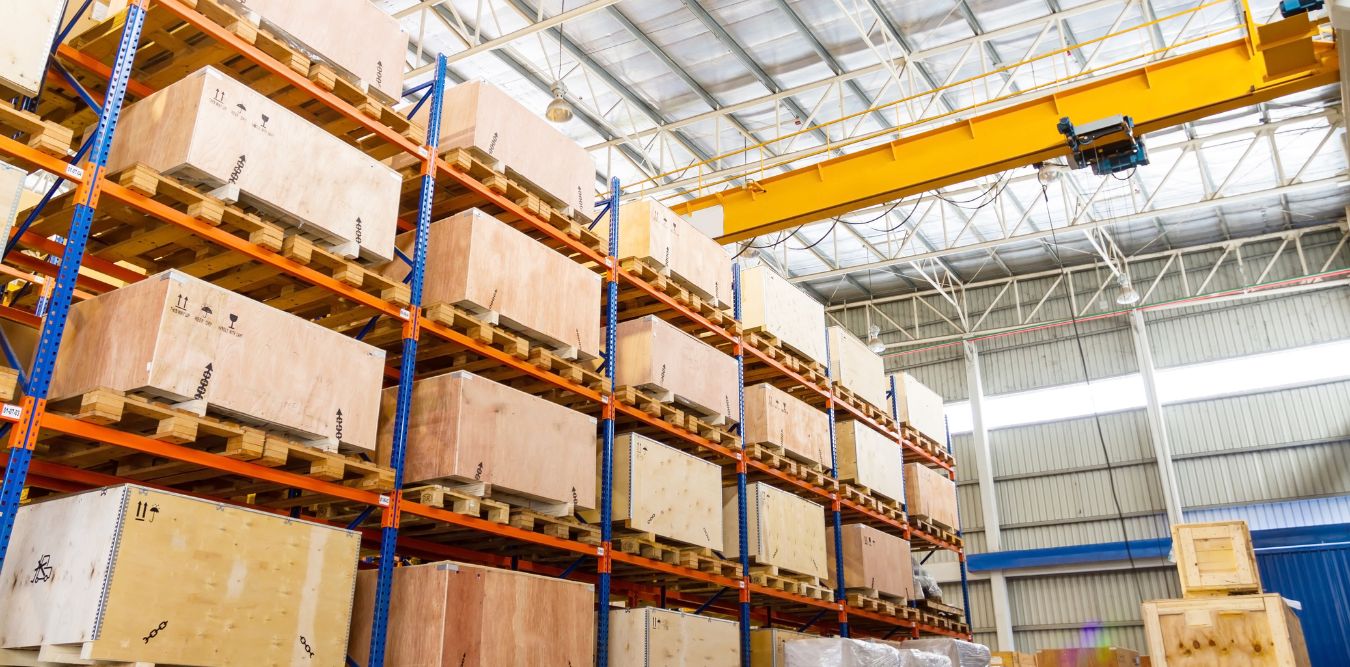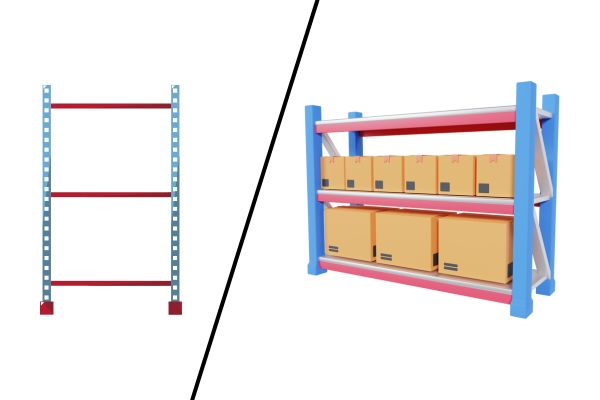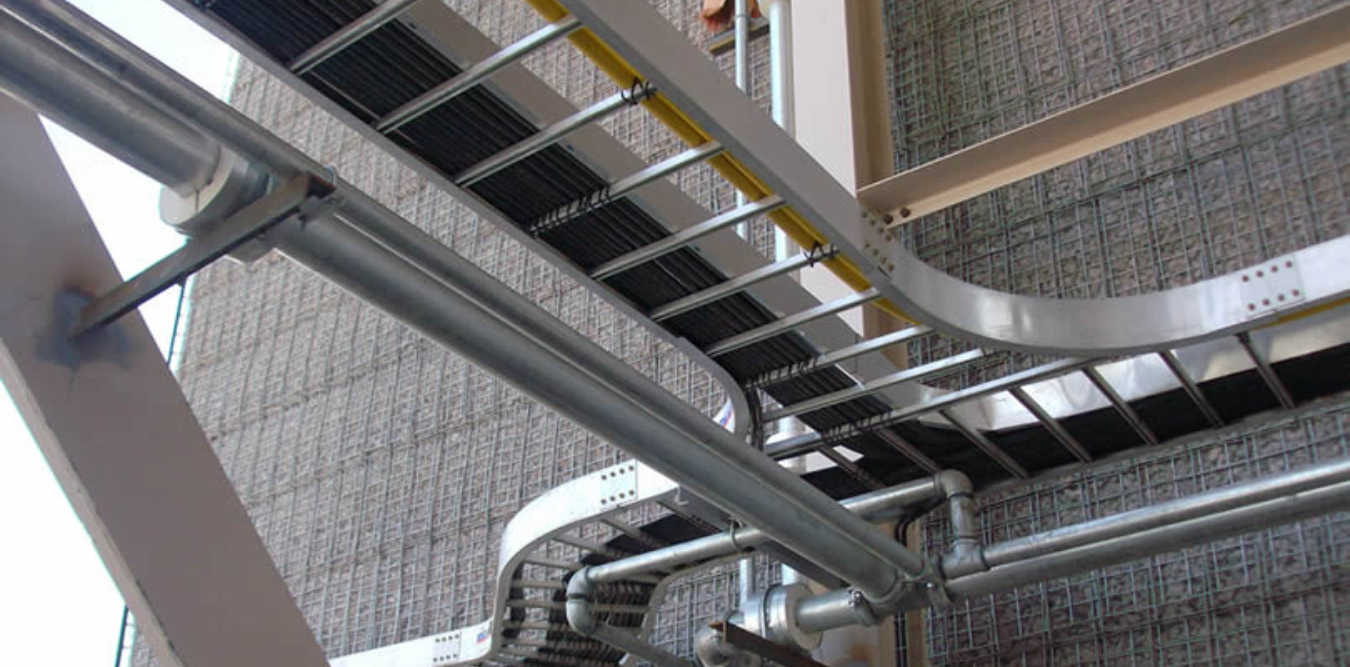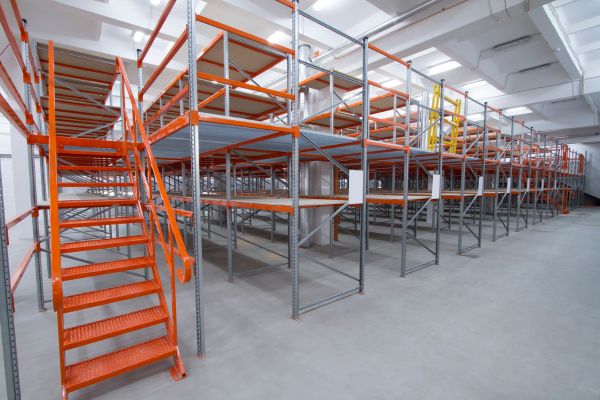Introduction
Heavy-duty racks are the backbone of industrial storage, widely used in warehouses, manufacturing plants, and distribution centers. Proper installation is crucial to ensure safety, efficiency, and durability. A poorly installed rack system can lead to structural failures, costly damages, and even workplace injuries.
This guide provides a step-by-step approach to installing heavy-duty racks, covering preparation, installation, safety considerations, and post-installation checks. Whether you're a rack manufacturer or a supplier looking to enhance your installation process, this guide will help you execute a safe and reliable setup.






